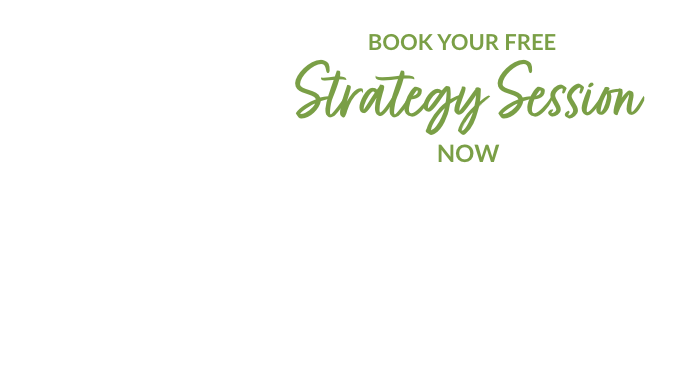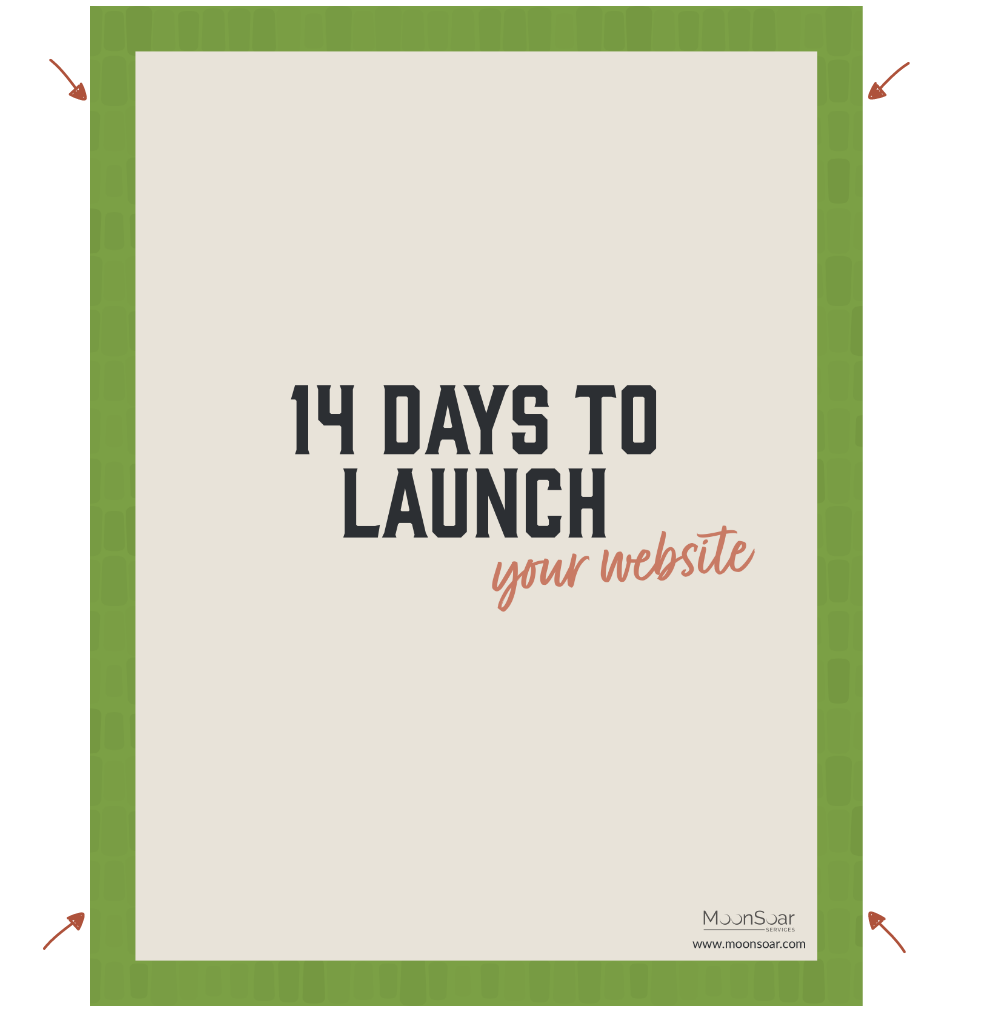Now we have a great domain name, a hosting plan, and know the business objectives are for the website. It’s time to start building. Websites have come a long way, and there is a huge variety of ways to implement a site. I could go in tremendous depth at this point, and perhaps one day I will, but our stated goal for this exercise was to keep it simple and keep costs down.
We can now start to consider layout, usability and user flow. This is when the work of defining website goals comes in to play. If the goal was to get someone to fill out a contact us form, or to review the products and services pages, careful attention needs to be paid to which pages (and which parts of a page) will be used to drive users to the next step in their journey on your website. This is where you determine what your site does, and how it would best operate for your users. Every company is unique, every brand has a personality and one size does not fit all; although it’s incredibly useful to leverage the large body of knowledge and best practices, it’s equal doses of art and technical know-how.
This is also the stage where we consider how your website can best be managed to ensure these goals are met.
Content Management System (and database set-up) ~ 1Hr
Without dealing in absolutes, it’s a safe bet to move forward with the idea the website in our example should be placed on a content management system. The reason for this is it allows for a more user friendly interface to make changes to the website when content updates are made in the future, and allows for best navigation on the back end through the user journey. A well designed website will allow for additional pages to be added, moved and modified with relative ease by non-technical team members. Again – one site doesn’t fit all, but we are talking about an entry level site which provides maximum flexibility and functionality.
It’s hard to go wrong with an immensely popular, widely supported (and free) platform like WordPress for the purposes of our hypothetical site. This content management system is very user friendly and highly customizable for both the end user and for those who will be maintaining the website.
So what’s the price?
The good news is the content management system itself we have selected is free of charge. There is however, a time investment associated with installing it.
A fresh WordPress install will typically take less than an hour to install for someone who has some familiarity and aptitude. For those that are unfamiliar, there’s a good deal of resources on how to perform this. A great place to start is the WordPress Codex. It will walk you through the basics of creating blogs, setting up a database and getting started. That being said, sometimes it can be better to get assistance with someone already familiar with installing the platform.




